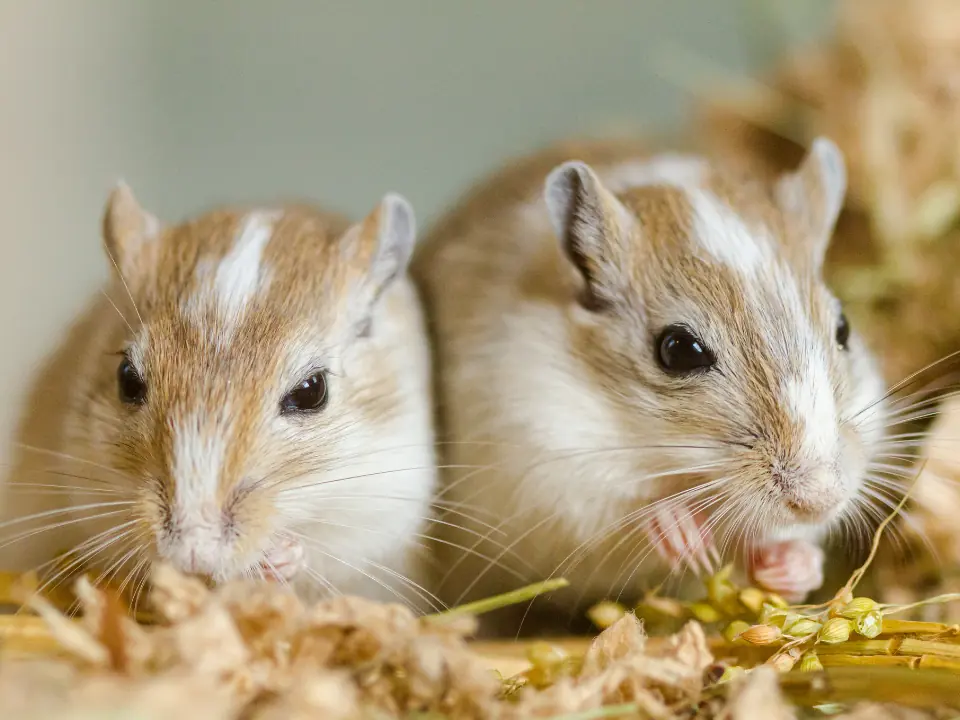nagoyasuzukiamerica.com – Gerbils, with their curious nature and playful antics, have become popular pets for animal lovers of all ages. These small rodents, belonging to the subfamily Gerbillinae, are known for their energetic personalities and relatively easy care. This article delves into the fascinating world of gerbils, exploring their various species, natural behaviors, proper care, and their role as both pets and research animals.
Gerbil Species: A Diverse Family
There are around 110 different gerbil species, but only a few are commonly kept as pets. The most popular include:
- Mongolian Gerbil (Meriones unguiculatus): This is the most common pet gerbil, known for its friendly demeanor and social nature. They thrive in pairs or small groups.
- Fat-tailed Gerbil (Pachyuromys duprasi): This species is less common but gaining popularity. They have a distinctive fat tail used for storing fat, similar to a desert lizard.
Natural Behaviors: Burrowing, Socializing, and Exploring
Gerbils are naturally active creatures with specific behaviors:
- Burrowing: In the wild, gerbils create elaborate burrow systems for nesting, sleeping, and escaping predators. Pet gerbils should be provided with ample bedding to satisfy this natural instinct.
- Socializing: Gerbils are social animals and thrive in pairs or small groups. Keeping them alone can lead to loneliness and behavioral issues.
- Exploring: Gerbils are curious and love to explore their surroundings. Providing them with toys, tunnels, and climbing structures will keep them entertained and stimulated.
Proper Care: Housing, Diet, and Enrichment
Caring for gerbils is relatively straightforward but requires attention to their specific needs:
- Housing: Gerbils need a spacious tank or cage with a solid bottom, good ventilation, and secure latches. Avoid wire-bottom cages as they can injure their feet.
- Diet: Gerbils are omnivores and require a balanced diet of commercial gerbil food, supplemented with small amounts of fresh fruits, vegetables, and protein sources like mealworms.
- Enrichment: Providing toys, tunnels, and hiding places will keep your gerbils entertained and prevent boredom. They also enjoy dust baths, which help to keep their fur clean and healthy.
Gerbils as Pets: Companionship and Responsibility
Gerbils can make wonderful pets for people of all ages. They are relatively low-maintenance compared to other pets but still require daily care and attention. It’s important to remember that gerbils are active and require ample space to run and play.
Gerbils in Research: Contributions to Science
Gerbils have played a significant role in scientific research, particularly in studies related to:
- Stroke: Gerbils are susceptible to strokes, making them valuable for research on this condition.
- Epilepsy: Gerbils also experience spontaneous seizures, making them useful for research on epilepsy.
- Hearing: Gerbils have excellent hearing and are used in studies related to auditory function.
Conclusion
Gerbils, with their endearing personalities and fascinating behaviors, continue to be popular pets and valuable research animals. Whether you’re a gerbil owner or simply curious about these creatures, understanding their needs and natural history can deepen your appreciation for these small but captivating animals.
